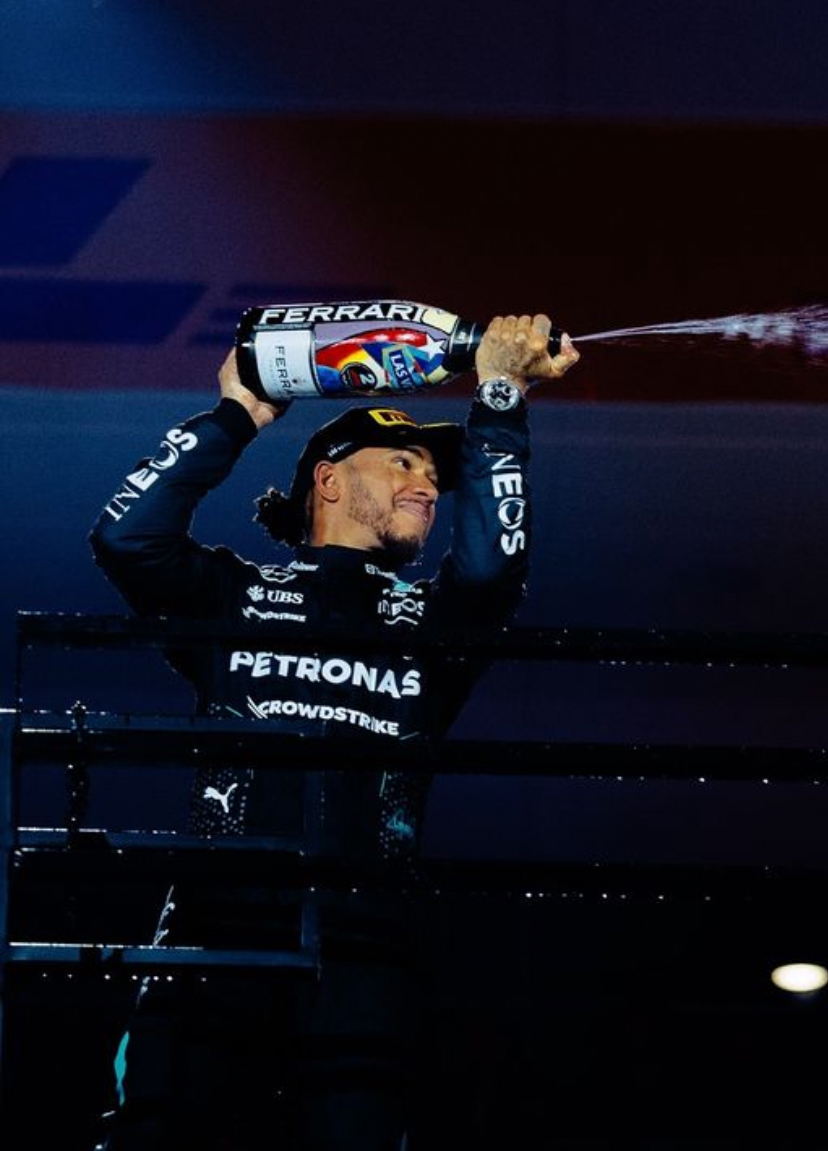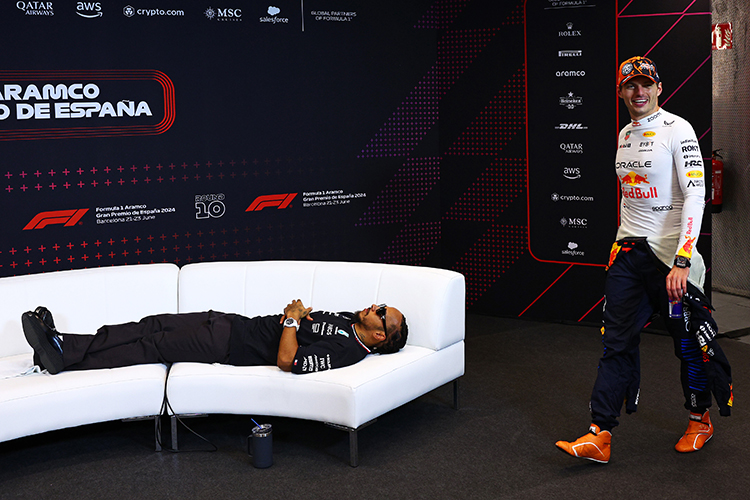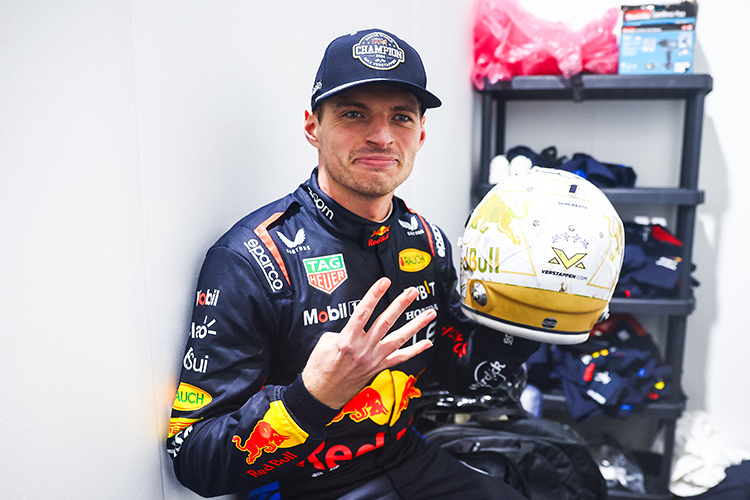What is an Out-Lap in Formula 1, and Why Is It Important in Qualifying?

Formula 1 World Champions: A legacy of racing legends
What is an "out-lap" and why is it important in qualifying?
Learn about the critical role of the out-lap in Formula 1 qualifying, including its impact on tire preparation, strategy, and race-day performance.
In the world of Formula 1, where milliseconds can determine grid positions, the "out-lap" is a crucial yet often underappreciated component of qualifying. Though it doesn't directly contribute to a driver's official lap time, its significance in preparing for the all-important flying lap cannot be overstated.
What is an Out-Lap?
An out-lap is the lap a driver completes after leaving the pits and before starting their flying (timed) lap. While it isn't timed for qualifying purposes, the out-lap plays a critical role in setting up optimal performance. During this lap, the driver focuses on preparing the car, tires, brakes, and themselves for the fastest possible flying lap.
Unlike a hot lap, where speed is the ultimate goal, the out-lap emphasizes strategy and precision. Drivers must carefully balance warming up their tires and brakes without compromising their car’s performance for the timed lap ahead.
Why is the Out-Lap Important?
The out-lap is essential for several reasons, each contributing to maximizing performance during qualifying:
1. Tire Preparation
Formula 1 tires perform best within a specific temperature and pressure range. During the out-lap, drivers generate heat in the tires through controlled weaving, braking, and acceleration. Achieving the perfect tire temperature is critical for grip and stability during the flying lap. Overheating or underheating the tires can lead to a significant loss of time.
2. Brake Conditioning
Warm brakes are equally vital for performance. Drivers must ensure the brake discs and pads reach optimal operating temperatures to provide consistent braking power and stability. By carefully applying the brakes throughout the out-lap, drivers achieve even heat distribution, which directly impacts lap performance.
3. Track Position
Managing traffic during an out-lap is crucial. Getting caught behind a slower car can disrupt a driver’s preparation and compromise the start of their flying lap. Additionally, finding clean air in the DRS zones and straights ensures optimal aerodynamic performance, allowing drivers to maintain focus on their timed lap.
4. Driver Mentality
The out-lap provides drivers an opportunity to evaluate track conditions, including grip levels and any changes in weather. This mental preparation helps drivers refine their approach, boosting confidence and precision for the flying lap.
5. Team Strategy
Teams carefully plan out-laps to ensure drivers avoid traffic jams and complete their flying laps within the session's time constraints. Poor timing can lead to disastrous results, as demonstrated in past qualifying sessions where drivers failed to cross the line in time due to congestion.
High-Stakes Moments Involving Out-Laps
The significance of the out-lap has been highlighted in dramatic scenarios throughout F1 history. One of the most notable examples occurred during the 2019 Italian Grand Prix. In this high-pressure session, poor out-lap execution led to a traffic jam, preventing most drivers from starting their final flying laps. This incident underscored how razor-thin the margins are in F1 qualifying and the consequences of mismanaging such a critical element.
Conclusion
The out-lap might lack the high-speed thrills of a flying lap, but its importance in Formula 1 qualifying cannot be overstated. From tire preparation to track positioning, it is a lap where science, strategy, and skill converge. For teams and drivers, mastering the out-lap is a vital step toward securing the best possible grid position on race day.
As F1 continues to evolve, the out-lap remains a cornerstone of the sport's intricate qualifying process, proving that even the seemingly simple laps play a crucial role in the pursuit of racing glory.
Up Next


